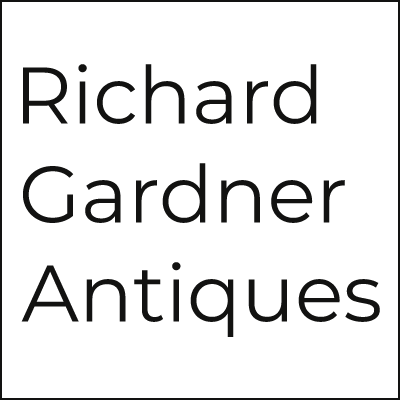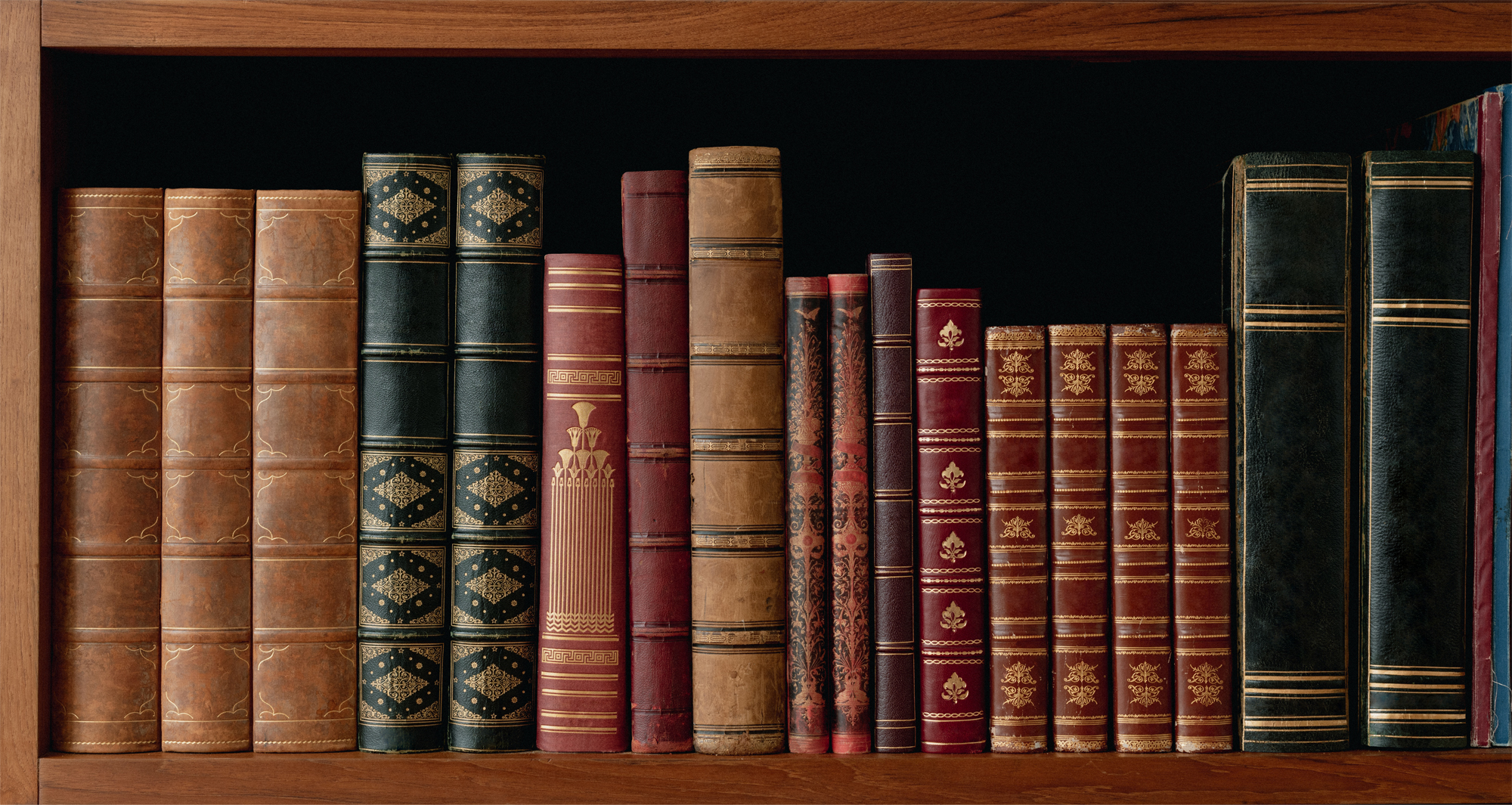Q
Qing dynasty The final Chinese dynasty, can be spelt Ch’ing, it replaced the Ming dynasty in 1644, and was not consolidated until the 1680’s during the reign of Emperor Kangxi (1662 – 1722). It ended in 1912. During this dynasty Famille-verte and Famille rose palettes were established, porcelain reached its height of delicacy and Ming blue and whites ware were being copied. Trade with the west peaked towards the end of the 18th Century, however exported blue and white deteriorated in quality, and very few fine pieces were actually made.
quadrant An altitude measuring instrument made of a quarter circle of wood or metal marked with a graded scale of angles. Brass and mahogany quadrants were made from the late 16th Century and had a pivoted radius, or index arm.
quaich 17th – 19th Century Scottish drinking vessel, made of silver in the form of a shallow bowl with two flat handles. Medieval examples were made usually from wooden staves, and some silver vessels were decorated to simulate this effect. Larger ornate quaiches were passed around at ceremonies.
Quare, Daniel (1647 – 1724) An English clock maker whose work contributed to London’s rise in supremacy in horology in the late 17th and early 18th Centuries. His watches were fitted with repeater mechanisms. He also made long case clocks, which were fitted with unusual extras for example a secondary, equation dial set into the case that showed the relationship between mean time and solar time.
quartering Four pieces of wood with the same grain pattern to form a surface known as a type of veneering. Each quarter has a pattern that mirrors the image of the quarter alongside it.


